As the warm hues of summer begin to fade and autumn whispers its arrival, most gardeners start to pack away their tools and say goodbye to blooming flowerbeds. But what if fall was actually the perfect time to plant for a breathtaking spring garden? What if you could prepare now for a riot of color that bursts forth just as winter steps aside?
Welcome to the magic of fall planting! While annuals come and go, perennials are the gift that keeps on giving. Plant them once, and they’ll reward you with blooms year after year. Fall offers cooler temperatures and consistent rainfall—ideal conditions for roots to establish themselves before the ground freezes.
So why wait for spring to start gardening? Here are 18 perennials to plant in fall for a stunning spring bloom! Whether you’re new to gardening or a seasoned green thumb, these selections promise a garden that wakes up with vibrant energy and life.
Why Plant Perennials in the Fall?
Cooler Weather, Happier Roots
Perennials planted in autumn take advantage of the mild climate to establish strong root systems without battling scorching sun or summer droughts.
Less Stress, More Success
With fewer pests and diseases active, your plants face less stress and have a better chance of survival.
Spring-Ready Blooms
By planting in fall, you’re giving your perennials a head start. Come spring, they’ll burst into bloom ahead of anything newly planted.
18 Perennials to Plant in Fall for a Stunning Spring Bloom!
1. Peonies (Paeonia spp.)
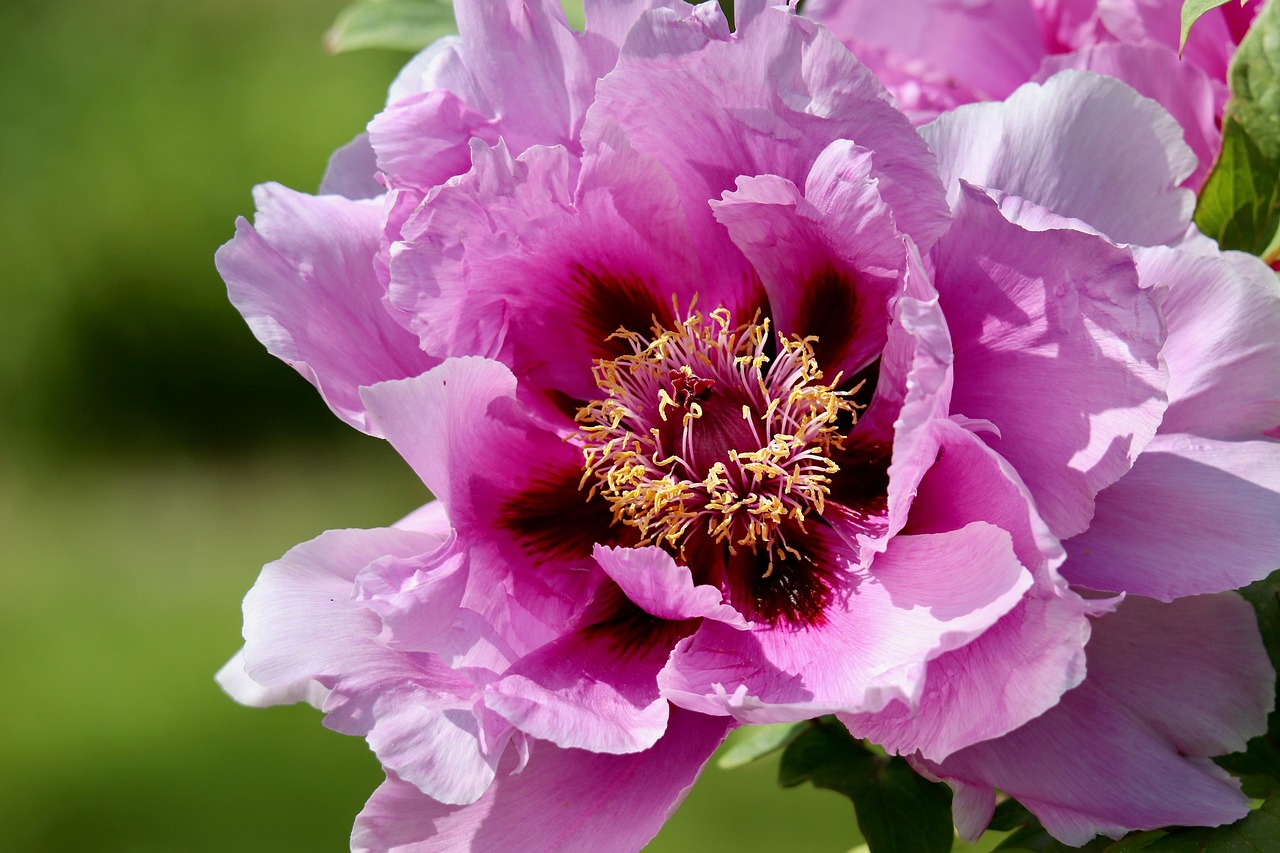
Big, blousy, and utterly romantic, peonies are spring royalty.
- Plant bare roots in well-drained soil.
- Ensure the eyes (buds) are no more than 2 inches below the soil surface.
- Expect blooms in late spring with fragrant, show-stopping flowers.
2. Columbine (Aquilegia)
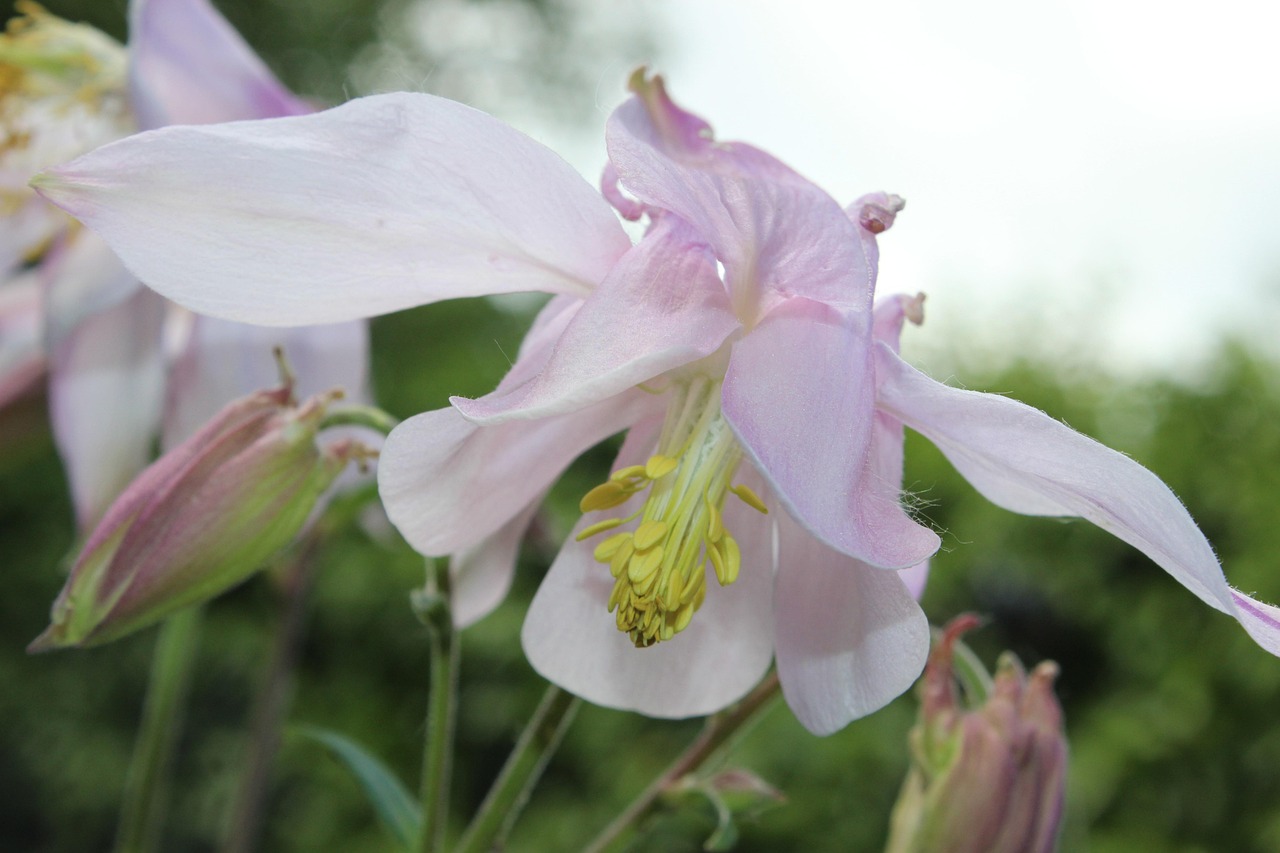
With its delicate, nodding flowers and lacy foliage, columbine adds a touch of whimsy.
- Prefers partial shade and moist, well-drained soil.
- Attracts hummingbirds and pollinators early in the season.
3. Bleeding Heart (Dicentra spectabilis)

Named for its unique, heart-shaped blooms, bleeding heart thrives in shade gardens.
- Perfect for borders and woodland settings.
- Dies back in summer but returns reliably each spring.
4. Lungwort (Pulmonaria)
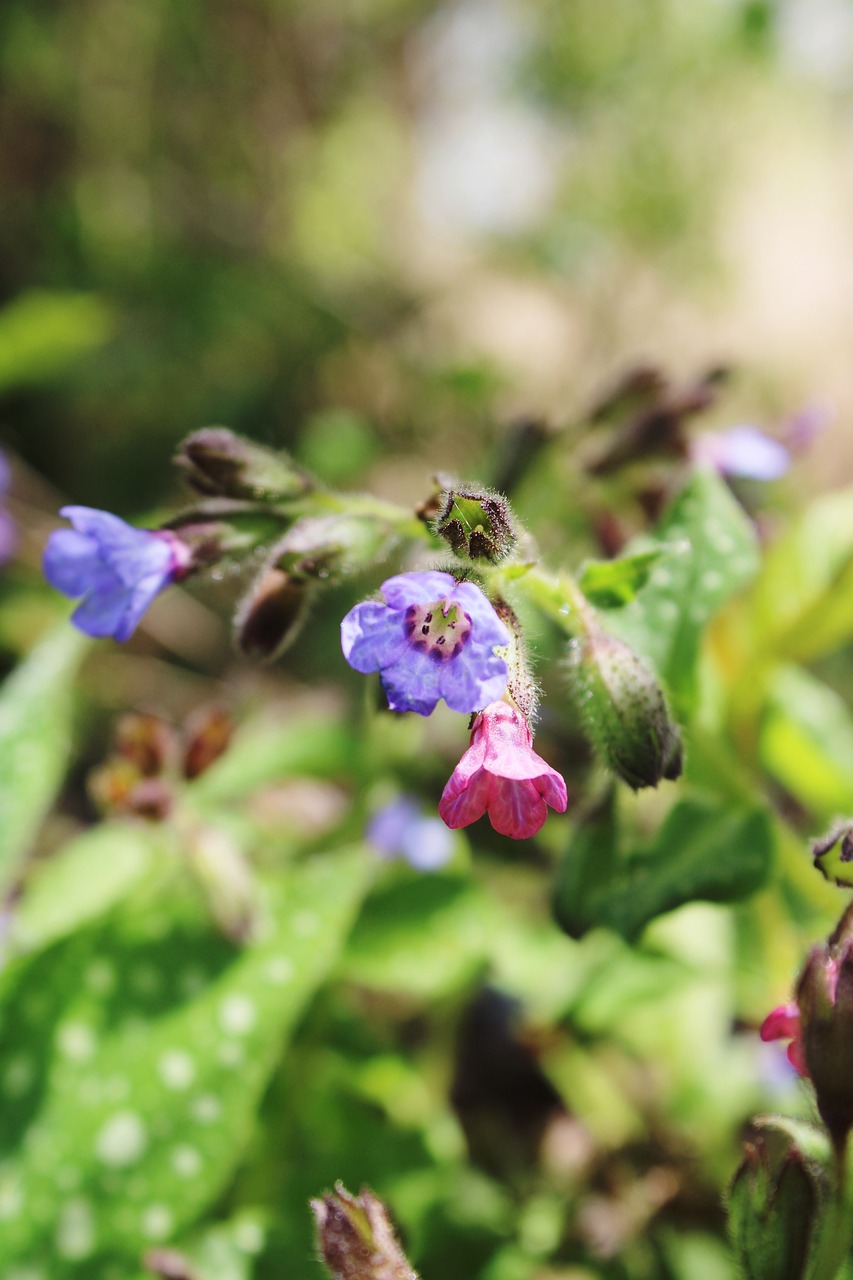
An early spring bloomer with speckled foliage and clusters of pink, purple, or blue flowers.
- Shade-loving and deer-resistant.
- Adds texture and interest even when not in bloom.
5. Creeping Phlox (Phlox subulata)
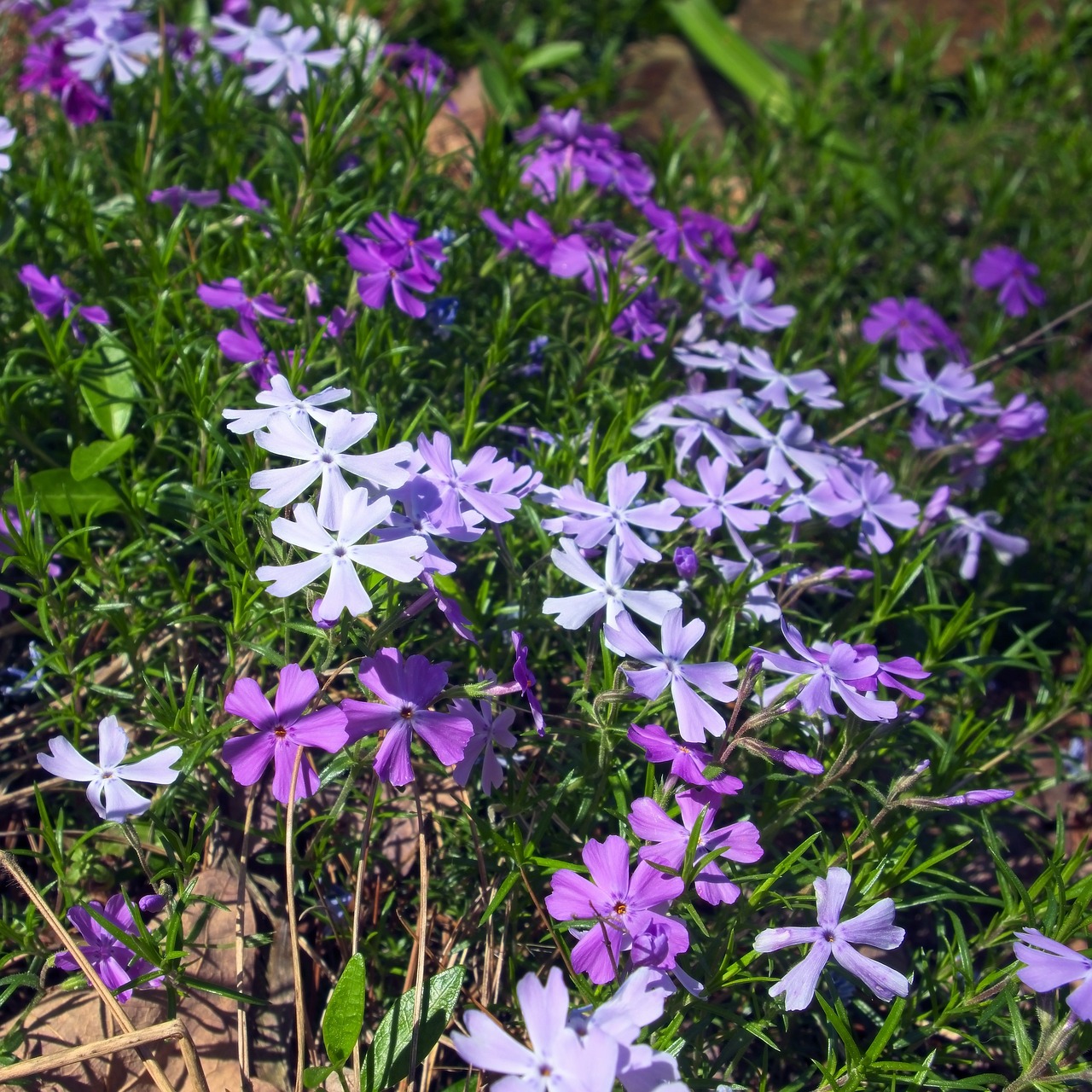
Looking for a low-growing carpet of color? This is your go-to groundcover.
- Blooms in early to mid-spring.
- Ideal for rock gardens and edging.
6. Hellebore (Helleborus)

Also known as the Lenten Rose, hellebores bloom in late winter to early spring—sometimes even through snow.
- Evergreen leaves and nodding blossoms make them a garden gem.
- Thrives in partial shade with rich soil.
7. Virginia Bluebells (Mertensia virginica)

A woodland treasure that unfurls in early spring with trumpet-shaped blue flowers.
- Loves moist, shady areas.
- Goes dormant by early summer, so pair with later-season perennials.
8. Brunnera (Brunnera macrophylla)

Resembling forget-me-nots, Brunnera blooms in spring and features attractive heart-shaped foliage.
- Tolerates shade and deer.
- Great underplanting choice for taller shrubs.
9. Siberian Iris (Iris sibirica)
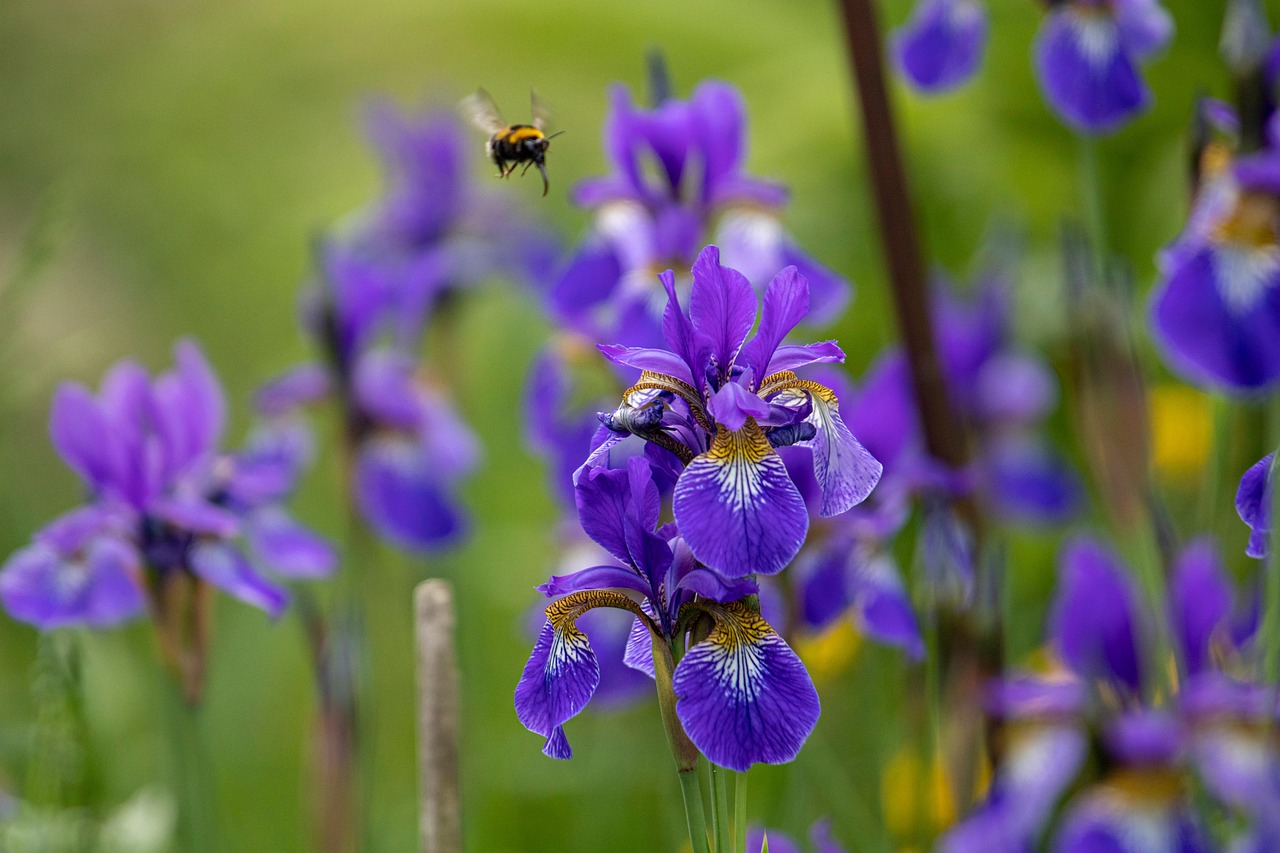
With elegant, slender leaves and tall stems topped with delicate flowers, these irises bring a sophisticated vibe.
- Hardy and easy to maintain.
- Does well in both wet and average soils.
10. Barrenwort (Epimedium)
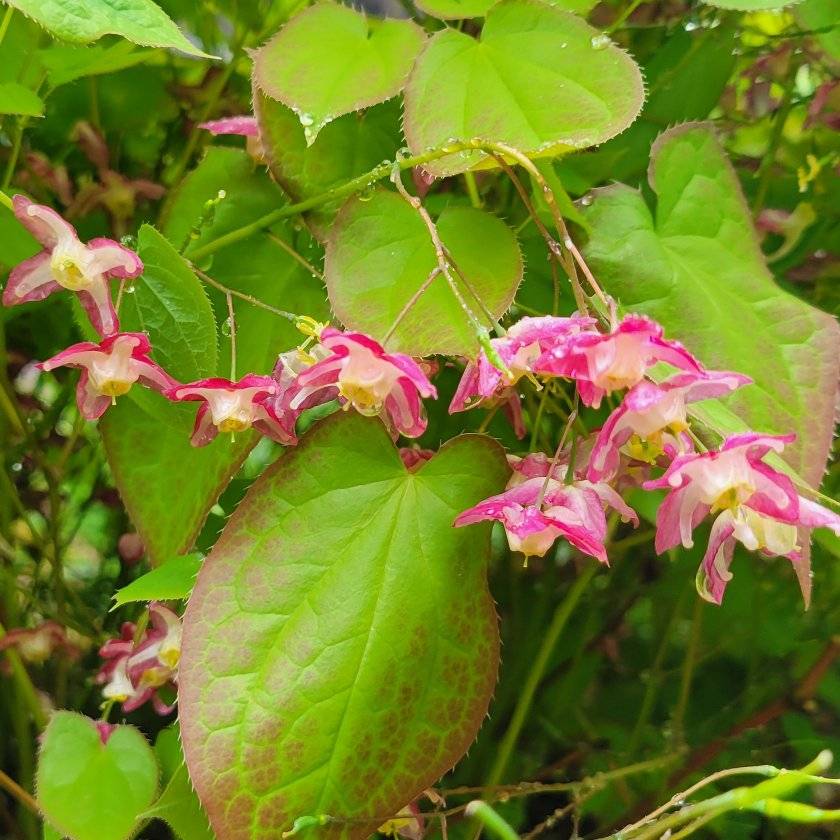
A true shade superstar, barrenwort dazzles with unusual blooms and colorful foliage.
- Drought-tolerant once established.
- Works beautifully in dry, shady locations.
11. Baptisia (Baptisia australis)

Also called False Indigo, baptisia produces spires of pea-like flowers in early spring.
- Long-lived and low-maintenance.
- Adds vertical interest to perennial beds.
12. Corydalis (Corydalis lutea)
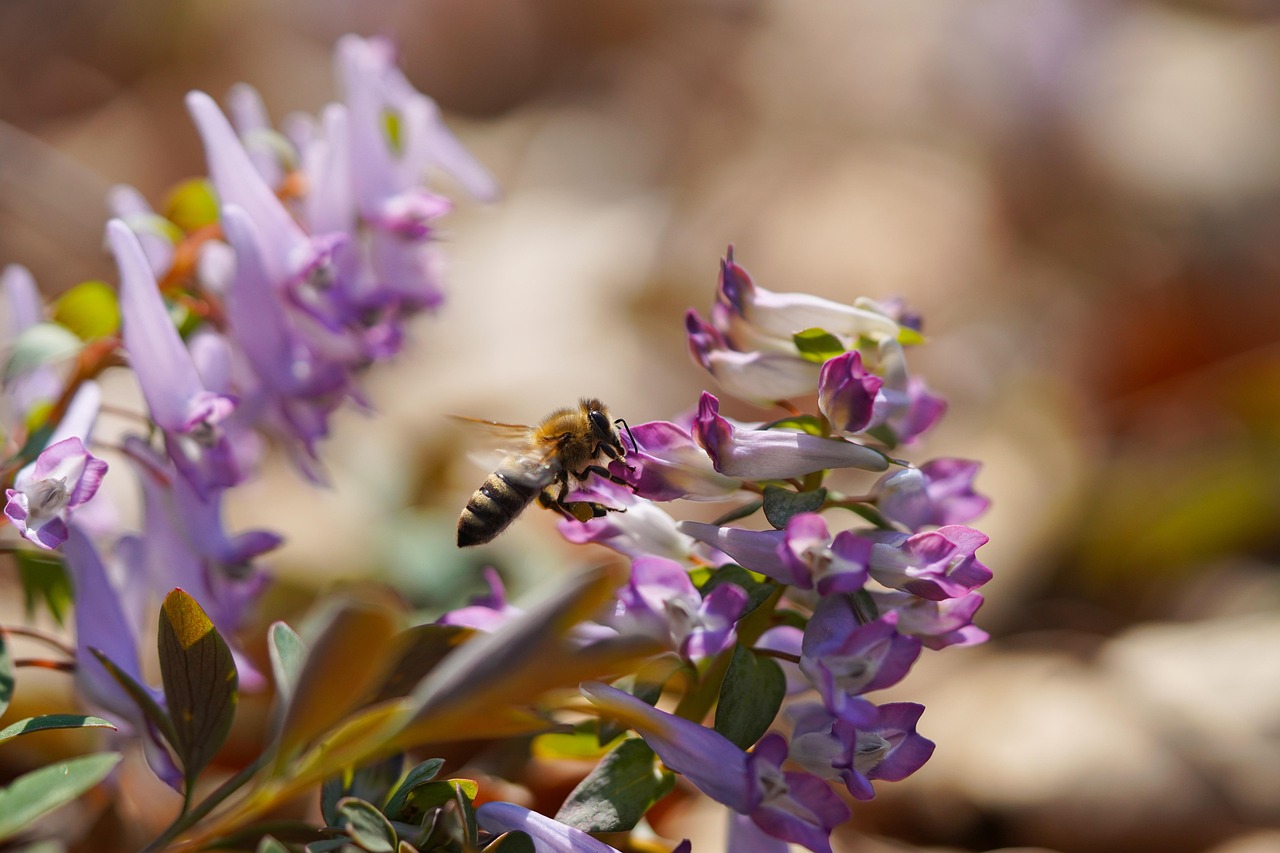
Delicate yellow flowers and fine-cut leaves give corydalis a charming cottage-garden feel.
- Blooms over a long period in spring and early summer.
- Grows best in part shade.
13. Pasque Flower (Pulsatilla vulgaris)
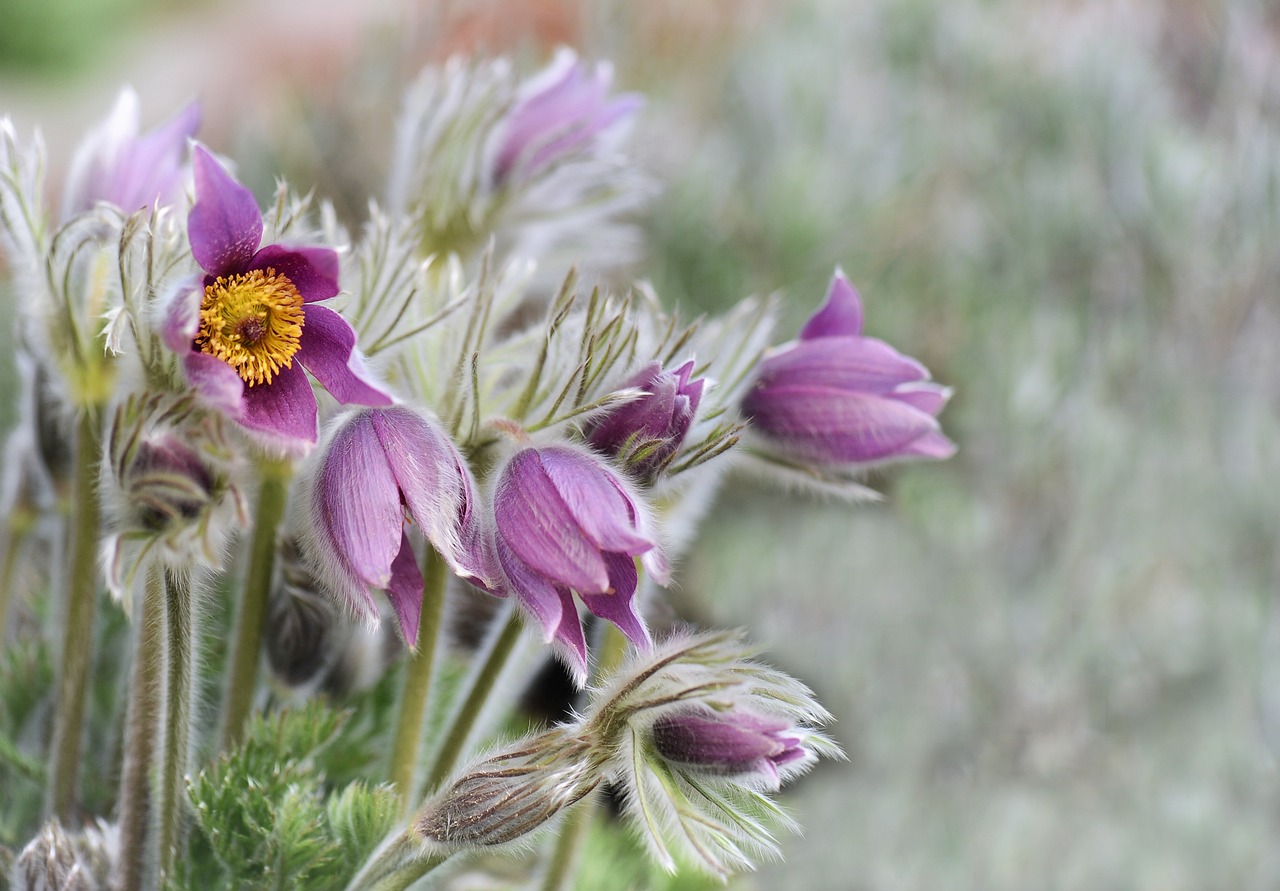
One of the earliest bloomers, pasque flowers push through cold soil with fuzzy buds and vibrant purple flowers.
- Great for rock gardens and sunny spots.
- Deer-resistant and pollinator-friendly.
14. Trillium (Trillium grandiflorum)
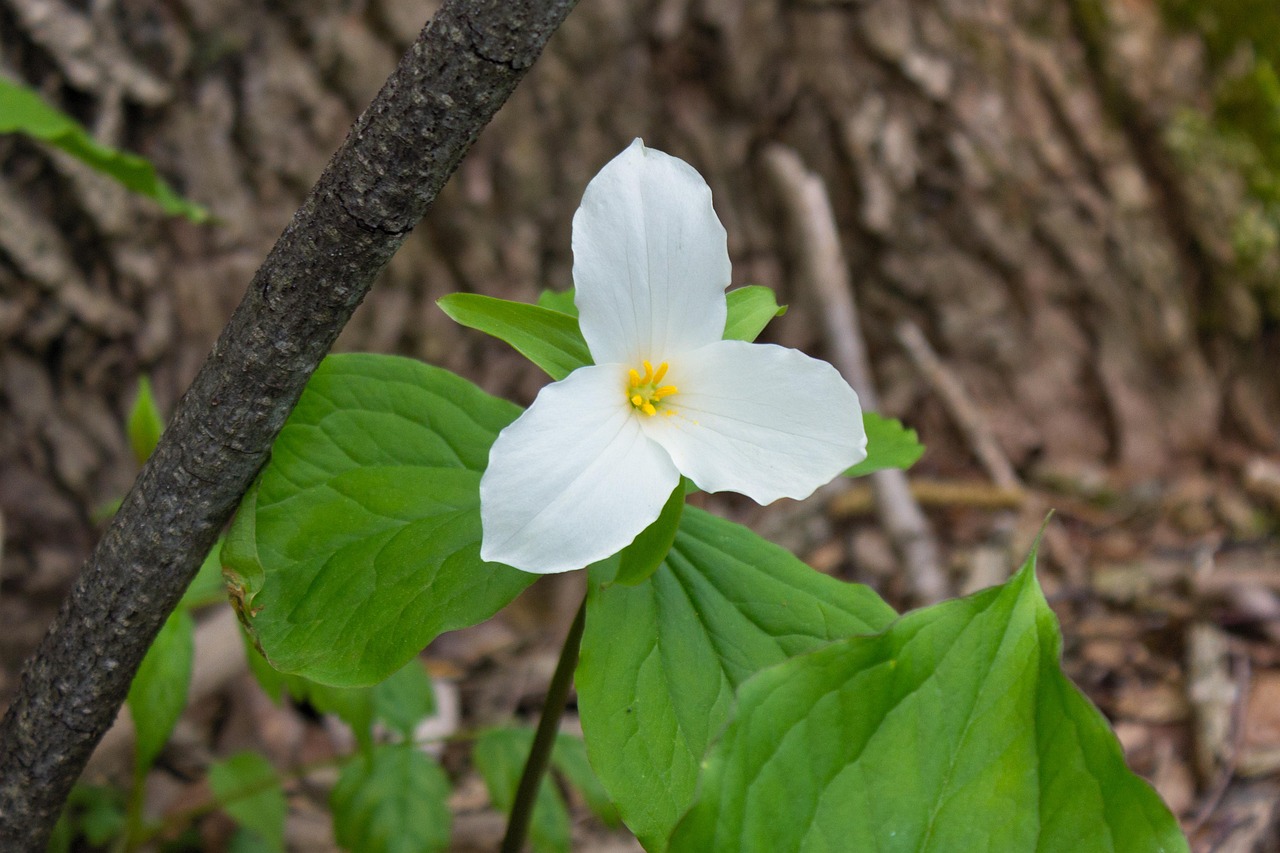
An iconic native wildflower, trillium adds elegance to shaded woodland gardens.
- Slow to establish but worth the wait.
- Requires rich, moist soil.
15. Globe Flower (Trollius europaeus)
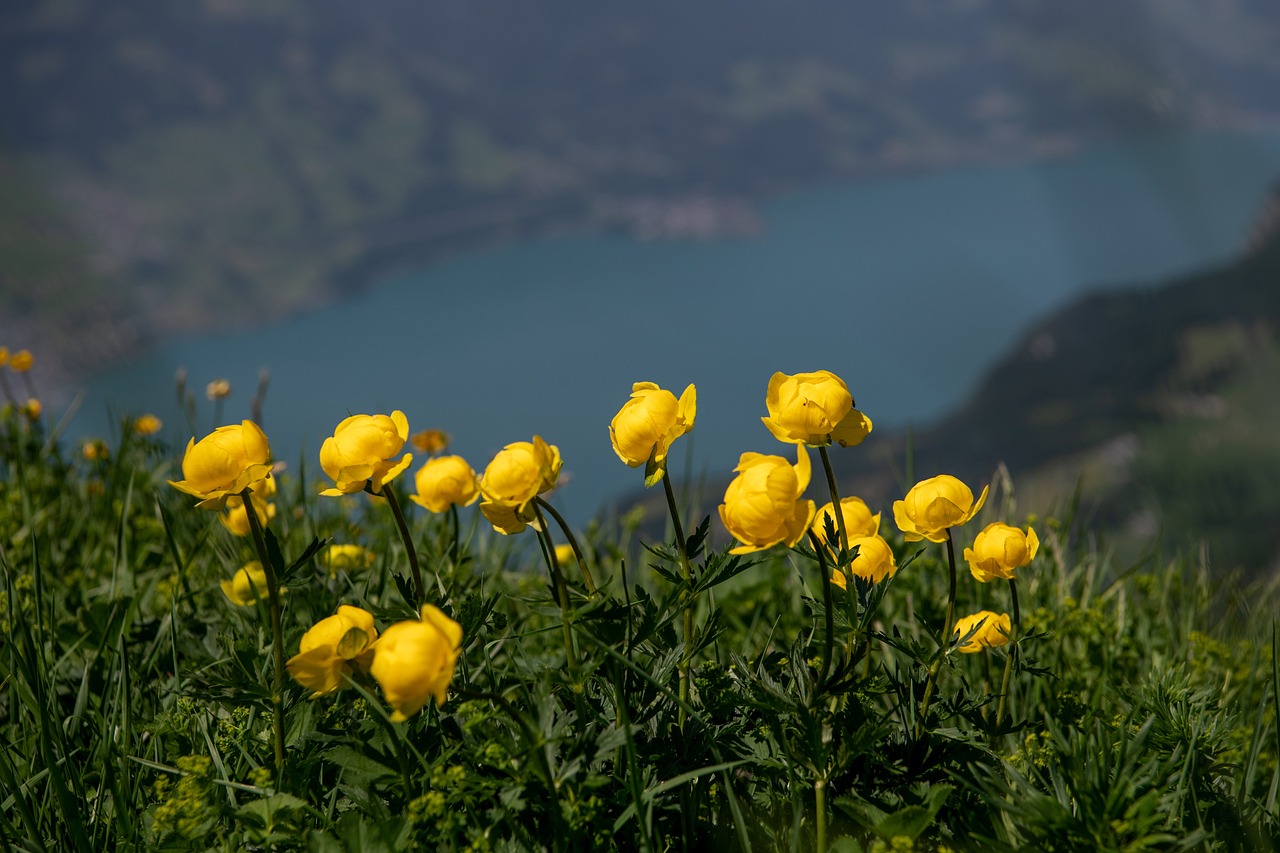
Round, golden blooms make globe flower a cheerful presence in spring.
- Ideal for damp or boggy spots.
- Flowers resemble buttercups on tall stems.
16. Allium (Allium giganteum & others)
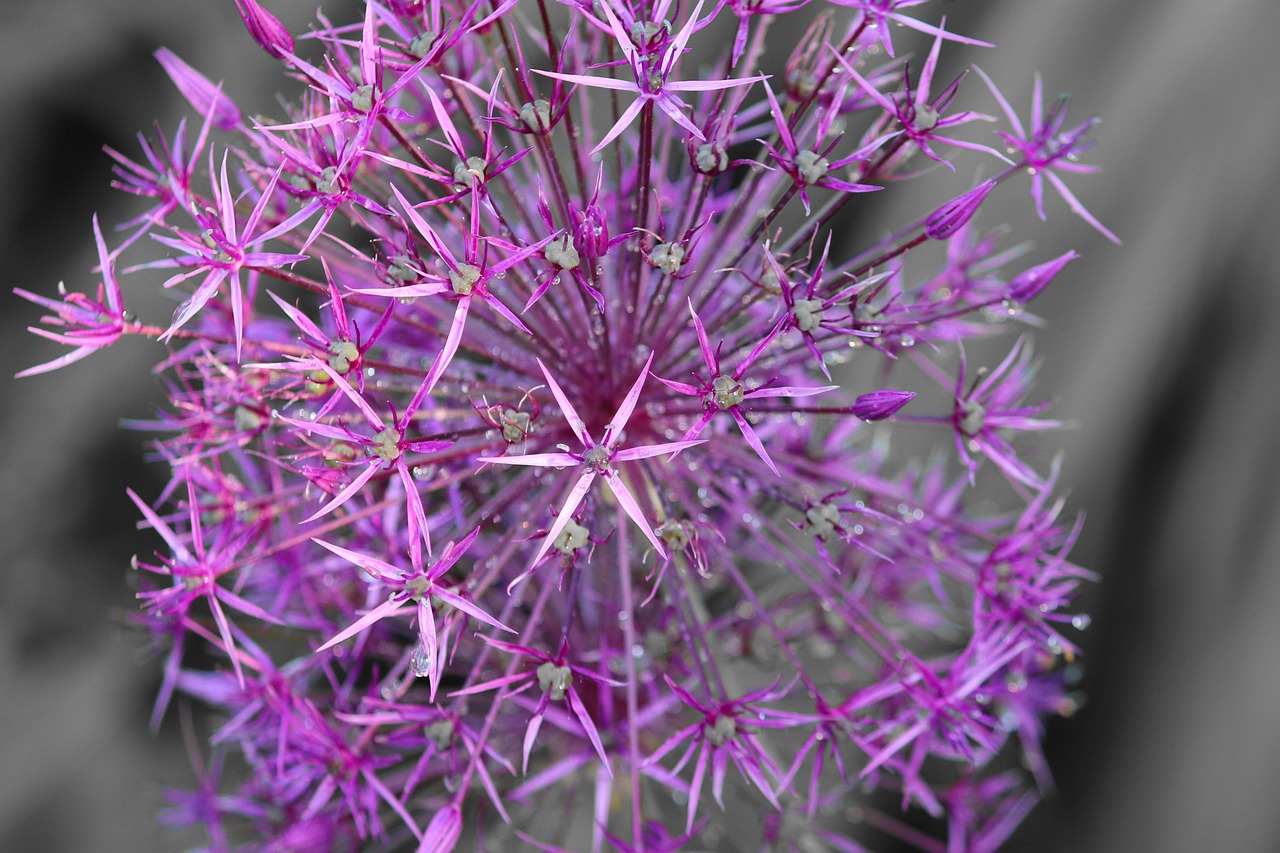
These ornamental onions offer bold, spherical flowerheads that stand out in any spring landscape.
- Plant bulbs in fall for late-spring blooms.
- Loved by bees, ignored by deer.
17. Foamflower (Tiarella cordifolia)
Topped with frothy white or pink spikes, foamflower is a woodland garden favorite.
- Grows well in shade and spreads gently via runners.
- Combines beautifully with ferns and hostas.
18. Jacob’s Ladder (Polemonium caeruleum)
Charming clusters of blue, bell-shaped flowers rise above ladder-like foliage in spring.
- Thrives in partial shade.
- Adds soft movement to garden beds.
Planting Tips for Fall Success
When Is the Best Time to Plant Fall Perennials?
Generally, you’ll want to get your plants in the ground six weeks before your first frost date. This gives roots enough time to settle before the ground freezes.
How Should You Prepare the Soil?
- Clear debris and weeds from the planting site.
- Loosen soil to a depth of 12–15 inches.
- Add compost or aged manure to improve drainage and fertility.
- For bulbs like allium, ensure excellent drainage to prevent rot.
Should You Mulch?
Absolutely! Mulch insulates the soil, holds moisture, and protects roots through winter.
- Apply 2–3 inches of mulch around plants.
- Avoid piling it directly against stems or crowns.
Bonus Design Tips: Planning for Spring Wow-Factor
- Layer heights for visual interest—place tall perennials at the back and low-growing varieties at the front.
- Stagger bloom times so your garden transitions smoothly from early spring to late spring.
- Mix colors and textures—combine soft pastels with bold brights, and fine foliage with broad leaves.
- Consider evergreen companions like hellebores to keep some green in your beds even in winter.
